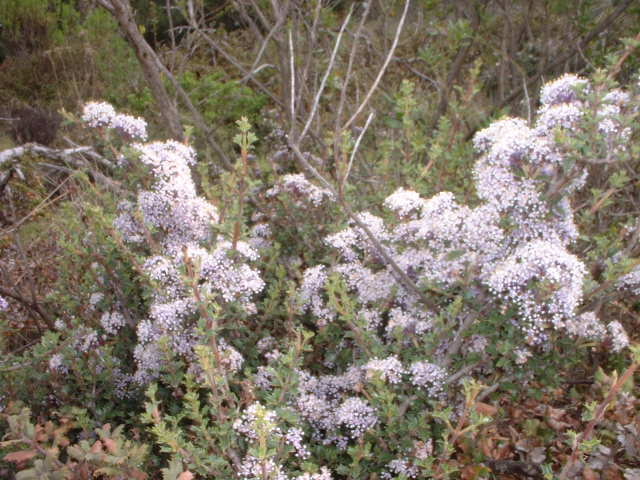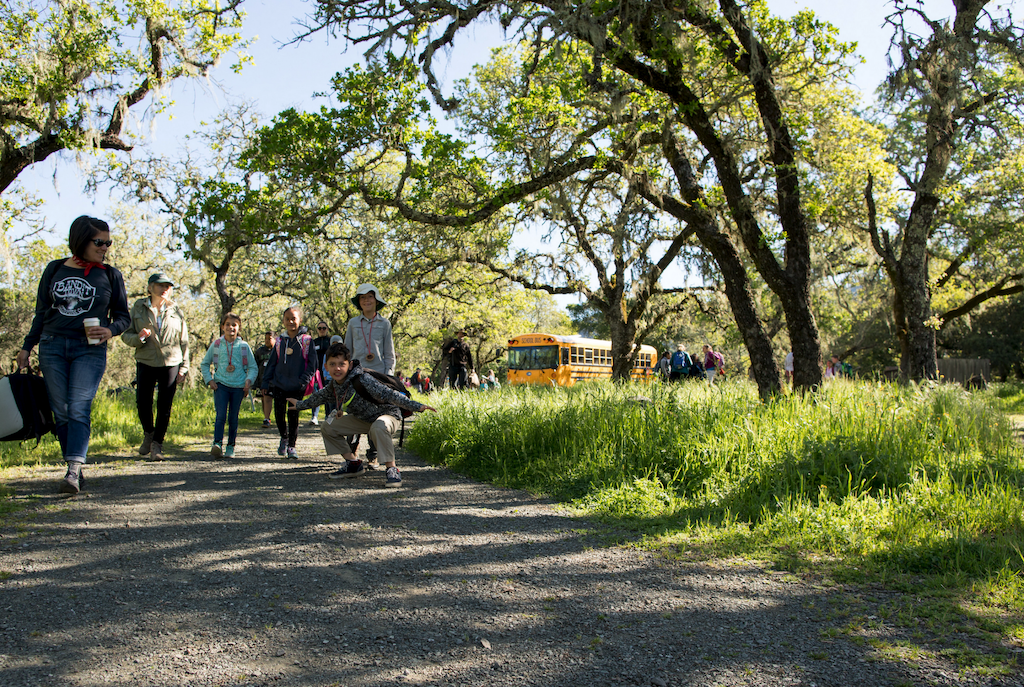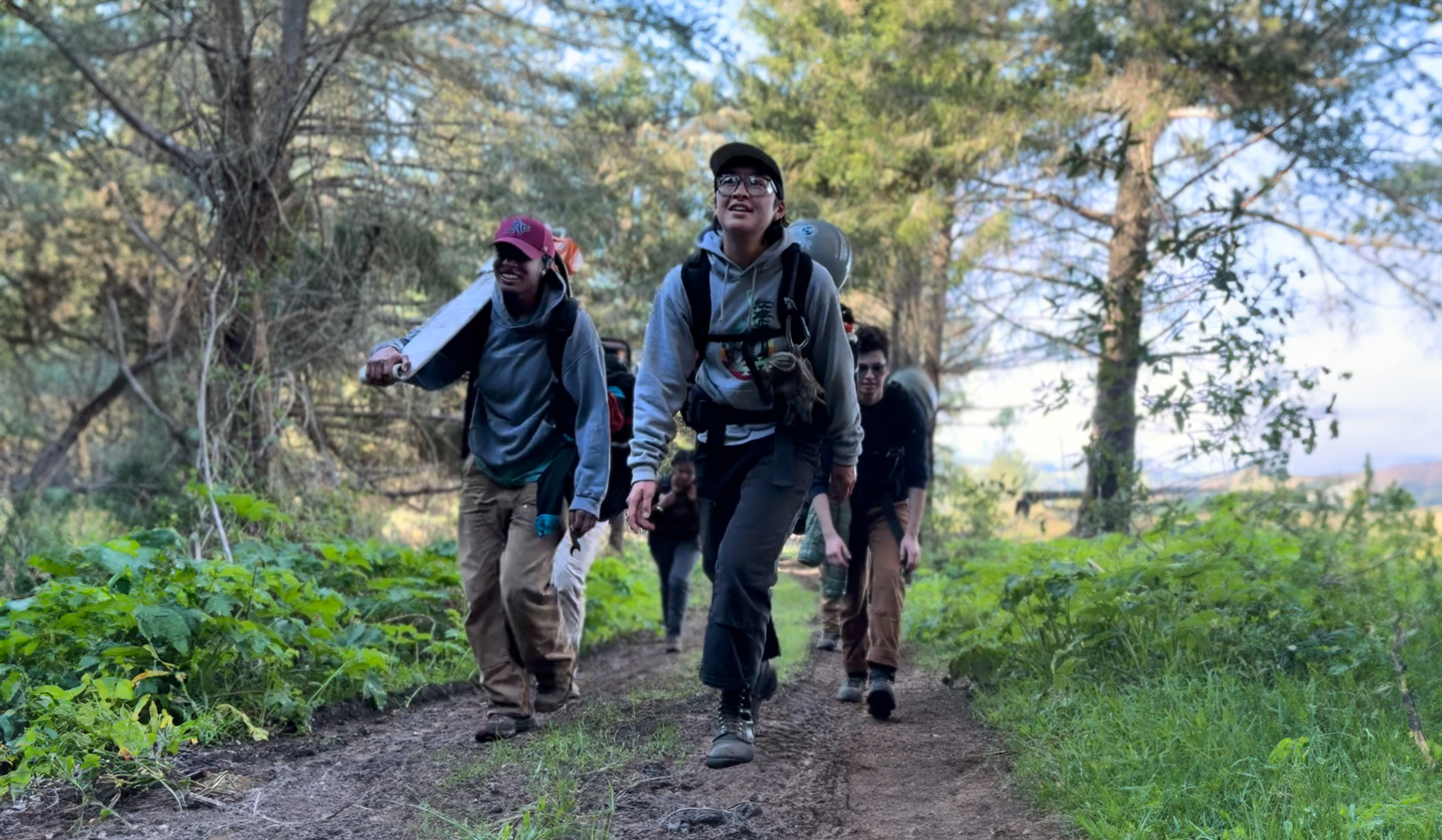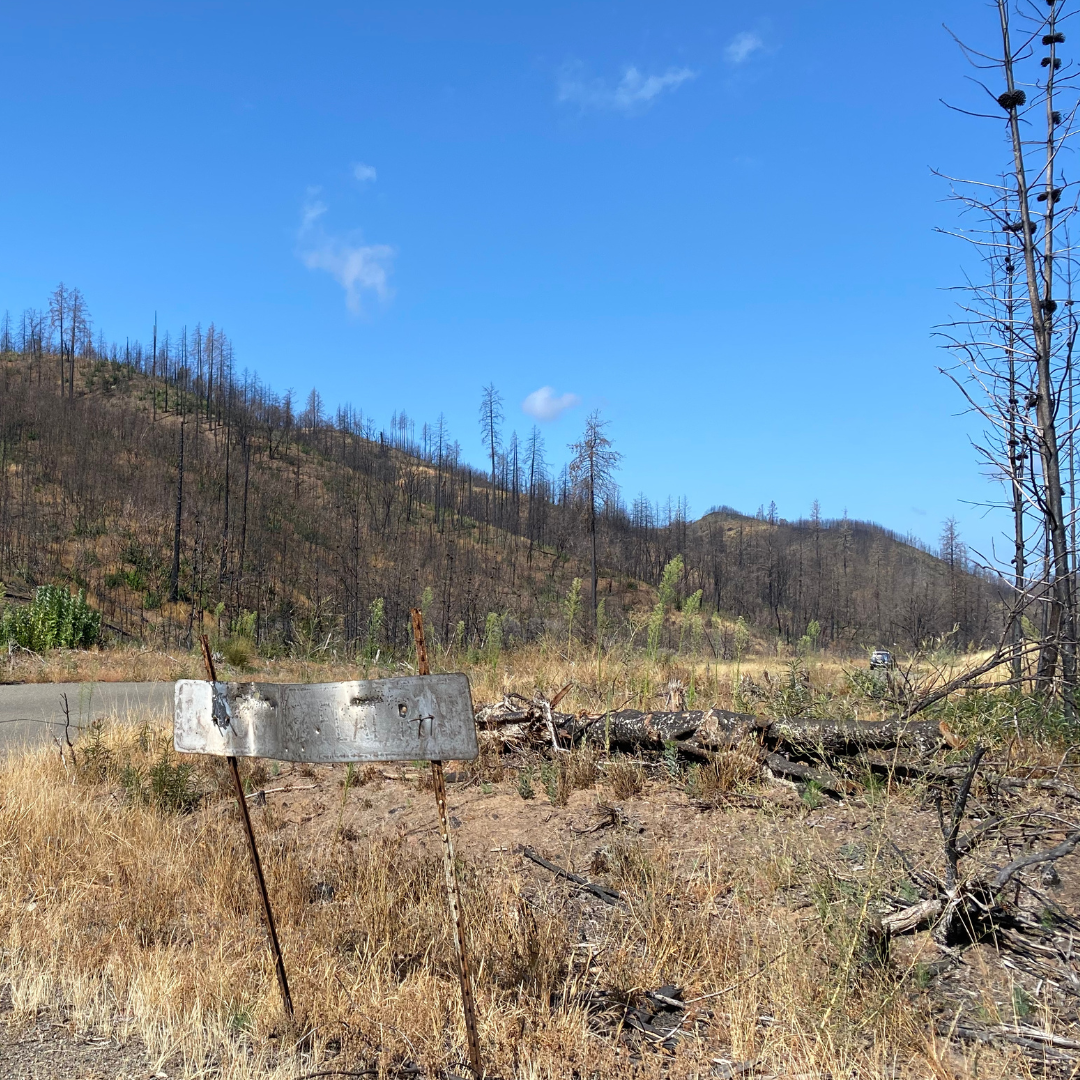Just like thousands of others in the North Bay, we at Audubon Canyon Ranch are picking up the pieces after the recent fires. We are heartbroken to learn of friends who have lost loved ones, and for whole neighborhoods destroyed. Two of our staff members lost their homes when ACR’s 535-acre Bouverie Preserve in Glen Ellen burned during the Nuns fire. Our near-term goal is to support our community as they figure out the way forward. We also have a long-term goal: to learn from the resiliency of nature, and to use that knowledge to prepare our community to better weather the next firestorm.
For ecologists, resilience is how a system responds to a major disturbance. What species traits give rise to a system that can recover from or resist a major perturbation? ACR’s ecologists and environmental educators work to hear the stories that nature tells and to share those stories.
Resiliency is inherent in the ecology of our local species. Knobcone pine, for example, grows in dense, even-aged stands, with low branches, and a short lifespan; in a 60-year-old stand, half the trees will be dead. The cones, held shut by resin, need temperatures above 397°F to melt the resin for the seeds to rain down and start the lifecycle over again.
Sonoma ceanothus is a shrub mostly found on the ridge between Sonoma and Napa Valleys. Disturbances like mechanical removal of vegetation can spur some germination, but fire is the primary way this species regenerates. Mature plants die, leaving copious seeds under the soil, waiting for fire to puncture their seed coats. At Bouverie Preserve, a patch of Sonoma ceanothus near Stuart Creek, first documented in 1985 and likely established after the 1964 Nuns Canyon fire, was nearly extinct by 2008. Only four individuals struggled to reach above the surrounding chamise and manzanita. Nearby the branches of individual dead Sonoma ceanothus skeletons poked out, showing the original patch had been larger.
Beargrass, a member of the lily family with a big showy flowering stalk reminiscent of yucca, has underground stems that survive moderate fire. The plant thrives in the post-fire environment where built-up leaf litter and plant competition are reduced. The original human managers of this ecosystem used fire to encourage the growth of this treasured and useful plant.
Economist Nassim Nicholas Taleb dubbed the word “anti-fragile,” referring to systems that are strengthened by large disturbances, in contrast to fragile systems which are destroyed and robust systems which are unaltered. For nearly a century, our society has tried to force wildfire into extinction. But fire is irrepressible. By so effectively putting out small fires in mild conditions, we’ve taken an anti-fragile system and made it fragile by locating our neighborhoods in places where we’ve tried to remove a process that the plants and weather patterns have ensured will always return.
We at Audubon Canyon Ranch have a vision of rebuilding our human communities in a way that acknowledges vulnerabilities and utilizes tools and techniques that increase our resilience. This will take massive will and creativity — and it’s not just the work of ecologist and land managers. We need urban design visionaries who take the established science of how to build homes and developments that are resistant to fire, and paint a picture of a vibrant community that inspires the rebuilding efforts. We need neighbors and communities who are willing to tolerate the smoke and low risks associated with controlled burns and other fuel reducing strategies, so land managers can maintain the resiliency of our wildlands. We need to support building codes and regulations that acknowledge certain architecture and landscaping have no place in homes so close to fire-adapted wildlands.
The incredible beauty I’ve witnessed these past two weeks, of our communities coming together to support those directly affected by these fires gives me hope that together, we can take on this heavy lift.
Photo courtesy of Jeffery Barrett – http://calphotos.berkeley.edu/cgi/img_query?enlarge=0000+0000+0406+2066, CC0, https://commons.wikimedia.org/w/index.php?curid=25882797




